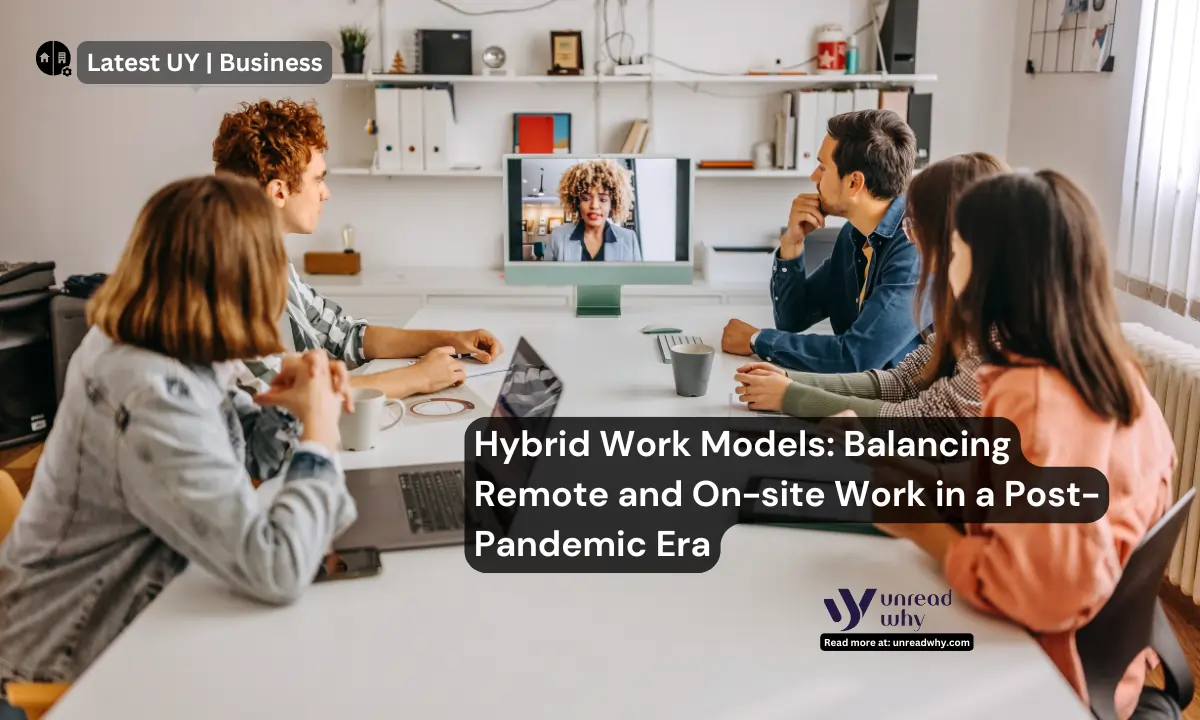The post-pandemic era has accompanied the new paradigm of work with the hybrid work models becoming the cornerstone of the strategy of the organization, and balancing the remote as well as on-site work offers flexibility and it also meets the evolving expectations of employees. Moreover, this approach not only improves productivity but also fosters a more inclusive and adaptable workplace culture. The corporation is steering this transition by implementing policies that combine the benefits of remote and on-site work. Lastly, to continue the businesses to adjust to this new reality the hybrid model stands out as the sustainable as well as resilient solution for the future of the work.
Flexibility and Employee Satisfaction in Hybrid Work Models
The models of Hybrid work offer unparalleled flexibility and also allow the employees to choose where they work based on their personal and professional needs. This flexibility is the significant driver of the satisfaction of the employee as it empowers the workers to balance their work and life commitments more effectively.
Nevertheless, the ability to work remotely can reduce the time of the commute and decrease stress as well. It also provides a more comfortable environment while working and on-site days, promoting team collaboration along with a sense of community. Additionally, the hybrid work models lead to higher satisfaction with the job along with the rates of retention. However, this model also requires a clear communication strategy as well as well-defined expectations to make sure that the employees remain aligned with the goals of the organization along with the culture.
Technological Infrastructure and Cybersecurity in a Hybrid Workplace
The success of the models of the hybrid work pivots on the robust infrastructure of the technology along with the stringent measures of cybersecurity and the corporation investment in the advanced tools of communication, solutions of cloud computing, and secure networks to support the seamless collaboration between the remote along with the on-site employees. Nevertheless, with the rise in the threats of cyber targeting remote workers, making sure data security along with privacy has become thee paramount.
Nonetheless, this includes implementing multi-factor authentication, regular cybersecurity training for the employees as well as continuous monitoring of the activities of the network. Lastly, the organizations also make sure that their infrastructure of IT handles the increased demand for access to the remote, which includes providing technical support along with resources for employees working from several locations.
Maintaining Company Culture and Employee Engagement
Maintaining the strong culture of the corporation along with the high levels of employee engagement in the hybrid work environment presents unique issues, and the traditional office settings naturally foster friendship along with the immersion of the culture, which is diluted when the employees work remotely and to counter this, the corporation careful in creating the opportunities for the virtual team-building activities along with the regular check-ins.
Nevertheless, the leadership plays a critical role in modelling the desired culture as well as making sure that all the employees feel connected and valued regardless of their location of the work. Lastly, approaches such as virtual town halls, online recognition programs, and inclusive communication channels help sustain engagement and reinforce the corporation’s cohesive culture.
Challenges and Best Practices in Implementing Hybrid Work Models
Implementing the hybrid work models comes with its own set of issues, including managing the hybrid teams, ensuring equitable access to resources, and preventing feelings of isolation among remote workers. Nevertheless, to address these issues, the organizations establish clear hybrid work policies that outline the expectations for both remote and on-site work, and this includes setting guidelines for availability, protocols of communication, and performance metrics.
Additionally, the regular loops are very important to identify as well as address the issues promptly and to provide training for the managers on leading hybrid teams and investing in the technology that facilitates the collaboration and it also helps in smoothing the transition. Finally, by adopting the best practices, the organizations steered the difficulties of the hybrid work models, and it also created a balanced and productive environment of the work.


